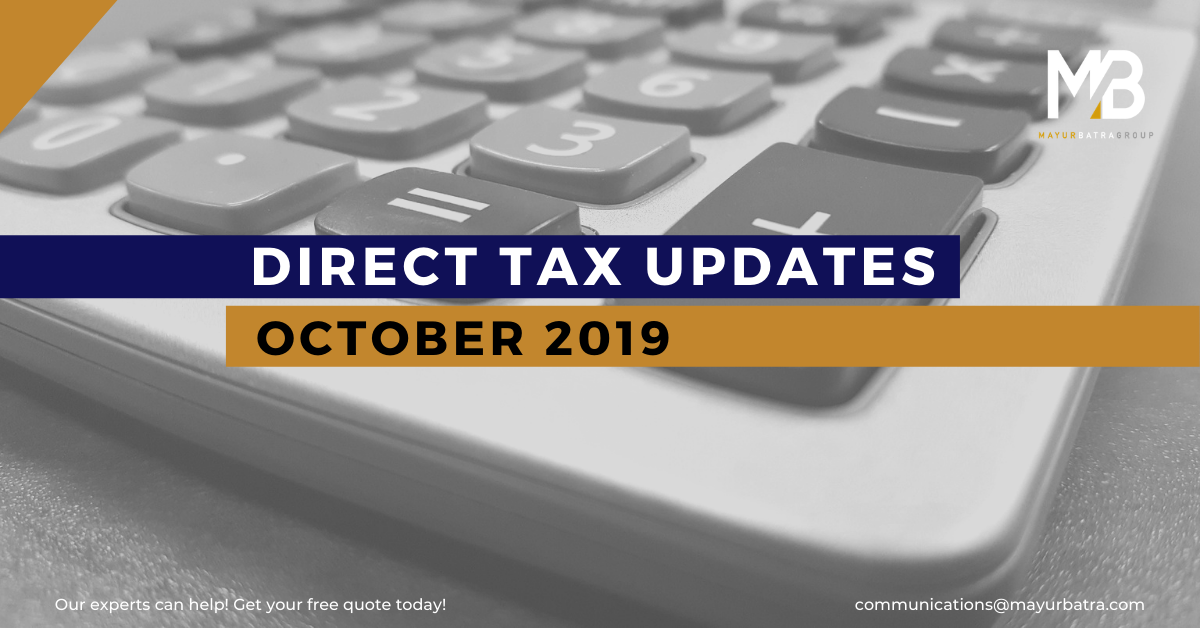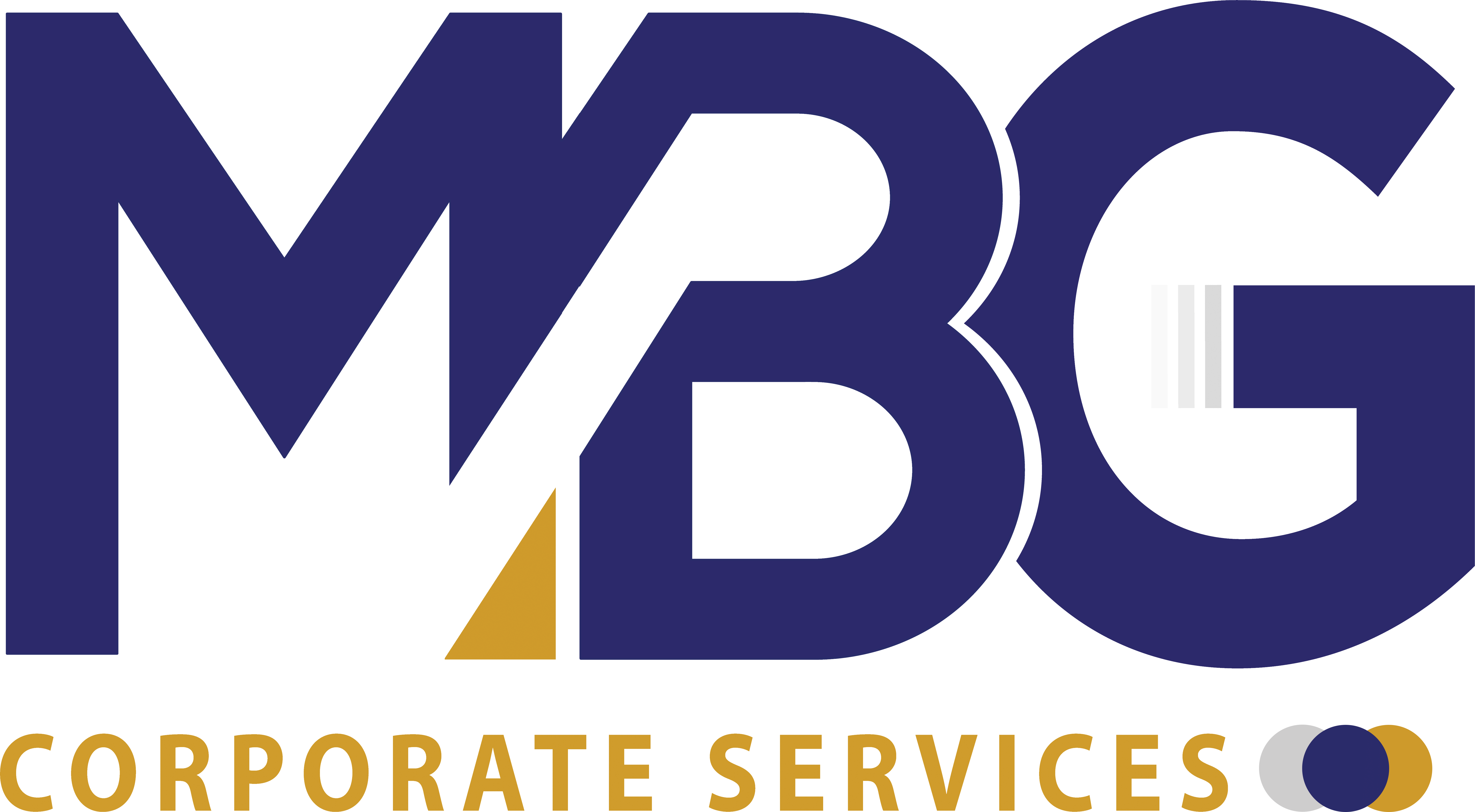Direct Tax Updates- October 2019

Clarification on the allowability of set-off of losses and Minimum Alternation Tax (MAT) credit under newly inserted Section 115BAA of the Income Tax Act, 1961 (‘the Act’)
As per Section 115BAA of the Act, a domestic company may, at its option, pay tax at a lower rate of 22% beginning from Assessment Year (AY) 2020-21 subject to certain conditions specified therein.
The CBDT has vide Circular No. 29/2019 dated October 2, 2019 clarified the law in respect of option exercised under the aforementioned section in respect of following issues:

- Allowability of brought forward loss on account of additional depreciation:
- A domestic company, who has availed benefit of lower tax rate of 22%, shall not be allowed to claim set off of any brought forward loss on account of additional depreciation during an assessment year for which benefit so availed and during any subsequent assessment year.
- Accordingly, if any domestic company desires to set off brought forward losses on account of additional depreciation, it may exercise the benefit of lower tax rate after setting off the losses so accumulated.
- Allowability of brought forward MAT credit:
- Tax credit of MAT paid by a domestic company, who has availed the benefit of lower tax rate of 22%, shall not be available.
- Accordingly, if any domestic company desires to avail the MAT credit, it may exercise the benefit of lower tax rate after utilizing the said credit against the regular tax payable.
- In case of an unlisted company, where shares have been acquired by the shareholders by way of transfer and not by way of allotment, the details of shareholding should be entered in schedule SH-1 or SH-2, as the case may be, of the ITR-6 as under:

- Permanent Account Number (PAN) of shareholders should be furnished in Schedule SH-l, if the same is available. However, in case the shareholder is a non-resident of India, having no PAN, a default value can be entered in place of PAN such as “NORES9999N”. Similarly, in case PAN of the shareholder is not available due to any other reason, a default value can be entered in place of PAN such as “NOAVL9999N”
- An unlisted company registered under Section 8 of The Companies Act 2013 or Section 25 of The Companies Act 1956 does not have share capital. The details of Schedule SH-1 are not required to be filled up.
- The details of assets and liabilities are required to be furnished by an unlisted company other than a start-up in Schedule AL-1 and by a start-up in Schedule AL-2. Where an unlisted company holds any assets other than specified in the Schedule AL-1 or a start-up holds any assets other than specified in Schedule AL-2, in that case, details of such assets are not required to be filled up by the unlisted company or start-up.
- An investment fund or a business trust is required to furnish the return of Income in Form ITR-5 only and not in any other Form.
- An investment fund or a business trust is not required to fill up the head wise details in Schedule BP, Schedule HP, Schedule CG, Schedule OS and Schedule SI etc. in the Form ITR-5. An investment fund claiming exemption under Section 10(23FB) or 10(23FBA) and a business trust claiming exemption under Section 10(23FC) or 10(23FCA), have to enter the amount of exempt income directly in column 12(b) or column 12(c) respectively of the Part B –TI (computation of Income) in the Form ITR-5.
Tag: Direct tax, Direct Tax India, Direct Tax Update, Tax Update


